The Basic Steps of Foreclosure in California
The following introduction outlines the basic steps in a nonjudicial foreclosure, the most common type of foreclosure in California. A judicial foreclosure involves all the expense and delay of most litigation, but it does allow the lender to pursue a deficiency judgment, requiring the borrower defaulting on the loan to pay the difference between the outstanding loan amount and the sale of the property where the sale does not cover the borrower’s full obligation. As perhaps the most stringent of the “non-recourse” states (under Code Civ. Proc. §580b), it is nearly impossible to pursue a deficiency judgment in California, so a judicial foreclosure rarely makes sense. Therefore, nonjudicial foreclosures are the norm.
Nonjudicial foreclosure is typically defined in a “power of sale” clause in the deed of trust. This clause gives the lender the right to sell the property to recoup its losses should the borrower fail to pay back the loan. Initiating a nonjudicial foreclosure is relatively easy, but there is a strict set of rules and procedures to follow that balance the interests of all parties, as well as providing opportunities to avoid the foreclosure altogether, which is usually a loss for everyone involved.
LOSS MITIGATION OPTIONS
Foreclosure is really an option of last resort. If the borrower misses payments, the lender will assess late fees and attempt to collect. Under federal mortgage servicing laws, the servicer is typically required to contact the borrower by phone to discuss loss mitigation options to avoid foreclosure no more than 36 days after each missed mortgage payment, and inform the borrower by mail of available options no more than 45 days after a missed payment. Often a deed of trust will further require the lender to send a breach letter warning that the loan is in default. At this point, the borrower can either catch up on payments (“cure the default”) or the servicer will go ahead with foreclosure. Both before and after the foreclosure process is initiated, the borrower and lender have several opportunities to meet and discuss foreclosure alternatives.
NOTICE OF DEFAULT
Except in a few cases, under federal law, the servicer cannot officially begin the foreclosure process until the loan has been delinquent for over 120 days. Furthermore, California law requires that the servicer or lender contact the borrower directly (or exhaust legally required attempts for doing so) 30 days before recording a “notice of default,” which is the notice that initiates the official foreclosure process. At this point, the borrower has 90 days to “cure” the default and “reinstate” the loan by fulfilling all delinquent payments, fees, and charges.
THE NOTICE OF SALE
If the borrower fails to cure the default, after 90 days, the lender will record a “notice of sale.” The notice of sale informs the borrower that the lender will sell the house at auction to recoup the loan in 21 days. Thus the foreclosure process itself takes 111 days to complete. There are strict requirements for how the lender must inform the borrower both through private and public notice. At this point, the property can be sold at public auction.
This is a skeletal outline of the California foreclosure process. The specific requirements under both federal and California law are complex, for both borrowers and lenders, and borrowers in particular may not know their rights. At Greenacre Law, we have the experience you need to ensure that foreclosure issues are dealt with legally, equitably, and efficiently.


